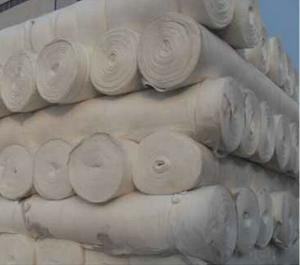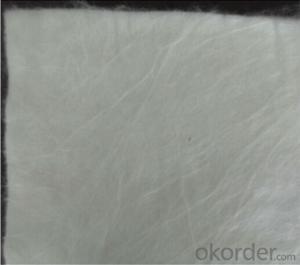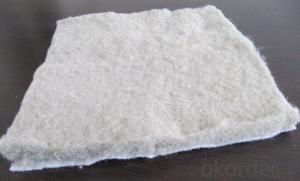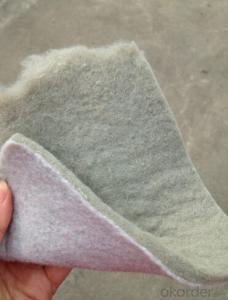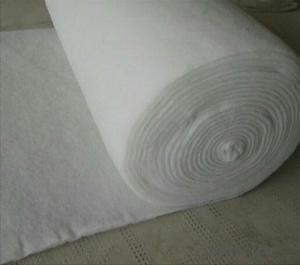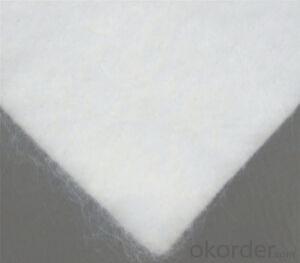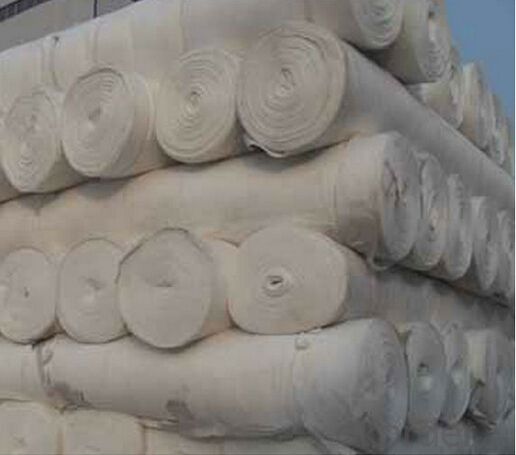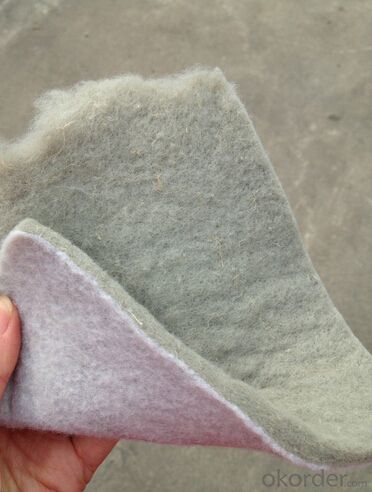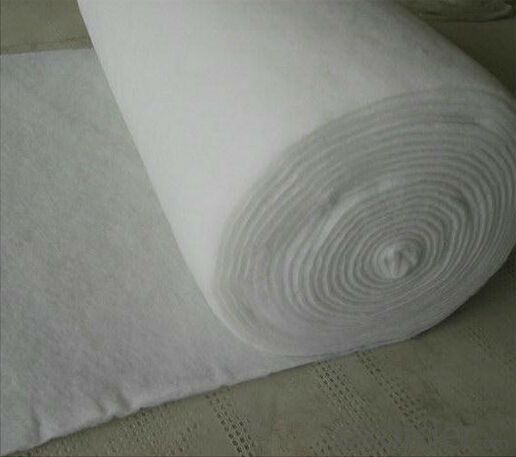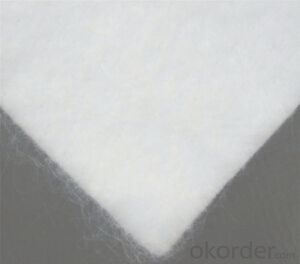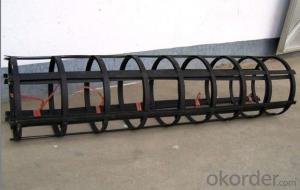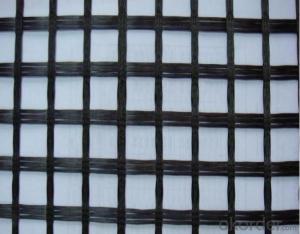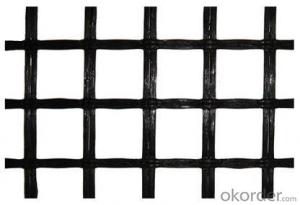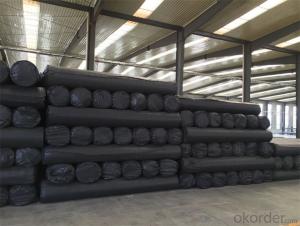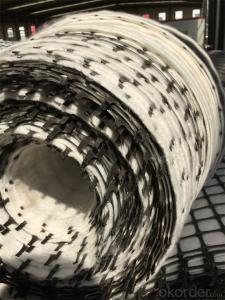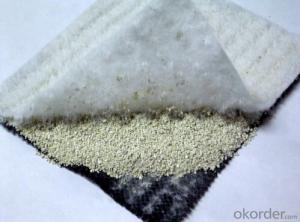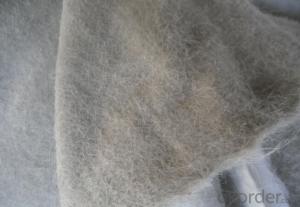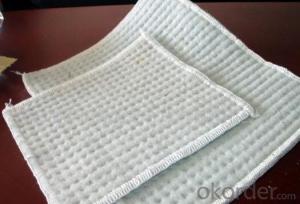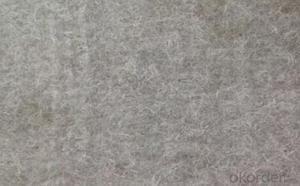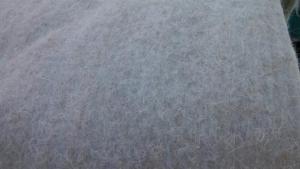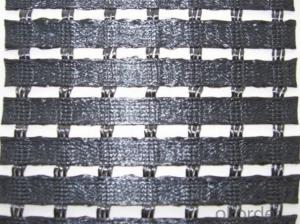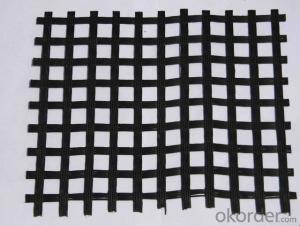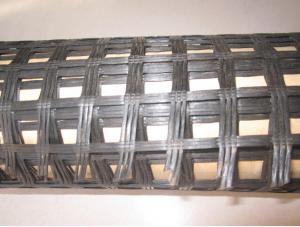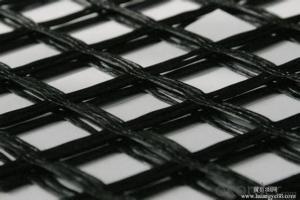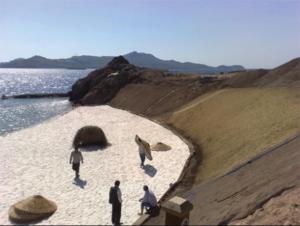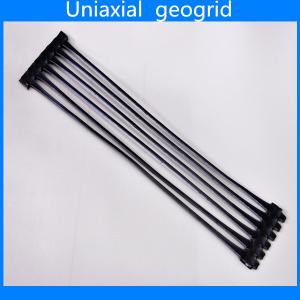High-Density Polyethylene Geogrids Geotextile Mat Nutrition Geotextile with Grass
- Loading Port:
- Qingdao
- Payment Terms:
- TT OR LC
- Min Order Qty:
- 5000 m²
- Supply Capability:
- 2000000 m²/month
OKorder Service Pledge
OKorder Financial Service
You Might Also Like
Nutrition geotextile in water environmental engineering .
Specification:
Geotextile mat,nutrition geotextile,geotextile with grass
Product Feature:
1. Simple and fast construction
2. Achieve the greening effect quickly after construction
3. Due to the grass and composite fiber fabrics become into one integration, so it has the ability of certain degree of flow resistance for the water rising before the grass survive.
4. Composite fiber fabric is a continuous structure from slope top to slope toe, both ends are fixed, has high water flow resistance.
Technical Specification
5.0 m length and 1.05 m width. Reverse side all used filter material. Grass seeds: Bermuda grass (warm season grass), Bahia grass (warm season grass), Kentucky bluegrass (cold season grass), Tall fescue grass (cold season grass), Red fescue grass (cold season grass). Plant height: 0.1 ~ 0.5 m.
| NO. | Items | Specification | Notes | |||
| 1 | Total unit area weight g/sq.m | ≥380 | ||||
| 2 | dimension | width m | 1.0~2.0 | |||
| length m | as per user’s request | |||||
| 3 | Composite fiber fabrics | Material | Polyester Fiber | High strength PET | ||
| Unit area weight g/sq.m | ≥160 | |||||
| Mesh dimension mm | 8×8 | |||||
| Extension strengh kn/m | ≥11 | MD & CD | ||||
| 4 | Filtra layer | Material | Polyester non woven geotextile | |||
| Unit area weight g/sq.m | ≥40 | |||||
| 5 | Grass seeds, Fertilizer | Type | According to actual situation choose 3~5 grass seeds | |||
| Plant height m | 0.1~0.3 | |||||
| 6 | Fiber layer | Material | wood pulp cellulose | |||
| Unit areaweight g/sq.m | ≥15 | |||||
| 7 | flow resistance | ≥4 | not allow appear scour, suction and blanket turn-over etc. damage phenomenon | |||
| M/s | ||||||
| 8 | Anti-UV strengh conservation rate % | 65~80 | 3000hrs Continuously exposure 3000hrs | |||
| 9 | Supporting spare parts | ABS fastening nail | Material | ABS Resin | Fixed between two blankets by length direction | |
| Fiber diameter mm | 35 | |||||
| Nail length mm | 325 | |||||
| Lnail | Material | Steel wire (content 10% zinc-aluminium alloy) | Used to fix single blanket | |||
| Fiber diameter mm | 4 | |||||
| Nail length mm | 200 | |||||
| ABS connecting nail | Material | ABS Resin | Used in the slope between the two blankets ( width direction) | |||
| Nail length mm | 38 | |||||
| Connecting fiber | Material | High strength Polypropylene | Used in the slope between the two blankets ( width direction) | |||
| Length mm | Cut as per request | |||||
APPLICATION:
Generally laid on the river channel, slope protection etc. slope revetment projects, to control the water erosion, soil loss, meantime can reach the effect of slope ecological restoration and landscape greening, making river back to natural.
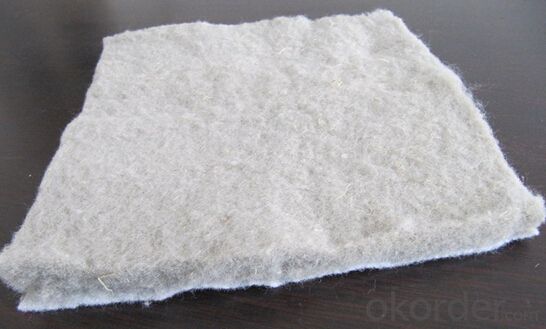
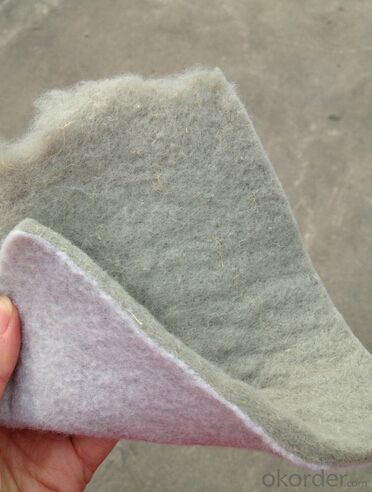
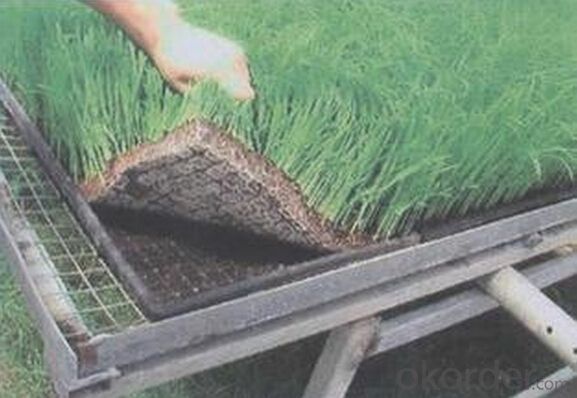

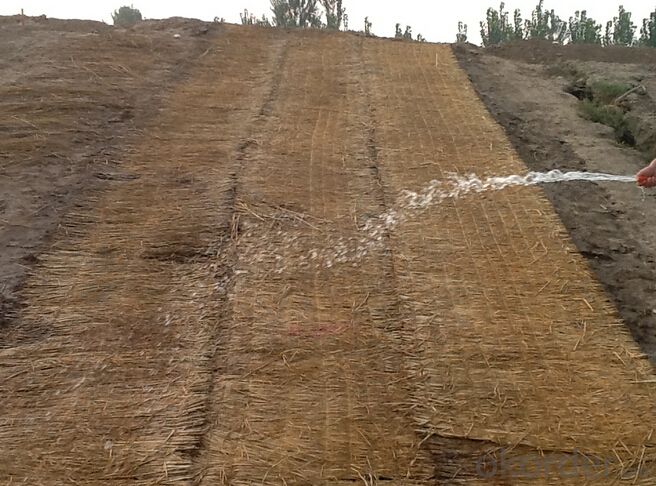
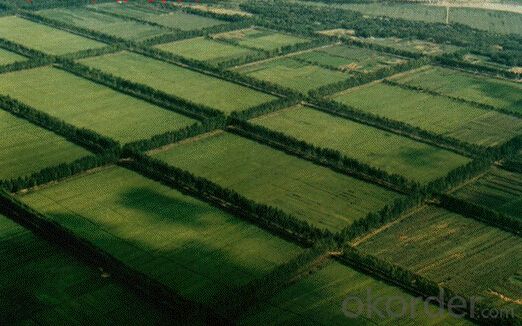
- Q: How do geogrids improve the performance of geotextile-reinforced embankments?
- Geogrids improve the performance of geotextile-reinforced embankments by providing additional reinforcement and stability. They help distribute the load more evenly across the embankment, reducing settlement and preventing soil erosion. Geogrids also enhance the overall strength and integrity of the embankment, allowing it to withstand higher loads and pressures.
- Q: What are the factors that affect the installation cost of geogrids?
- There are several factors that can affect the installation cost of geogrids. These factors include the size and complexity of the project, the type and quality of the geogrid material, the site conditions such as soil type and slope stability, the availability and accessibility of the site, and the labor and equipment required for installation. Additionally, factors such as transportation costs, permits, and any necessary site preparation or excavation work can also impact the overall installation cost of geogrids.
- Q: How do geogrids help in reducing carbon footprint in construction projects?
- Geogrids help in reducing carbon footprint in construction projects by providing a sustainable solution for soil stabilization and reinforcement. By using geogrids, contractors can minimize the need for excessive excavation and replacement of soil, thus reducing the amount of materials and resources required. This not only saves energy and reduces waste, but also decreases the carbon emissions associated with transportation of construction materials. Additionally, geogrids can enhance the durability and lifespan of structures, minimizing the need for future repairs or reconstruction, further reducing the carbon footprint in the long run.
- Q: How do geogrids improve the performance of geosynthetic reinforced slopes?
- Geogrids improve the performance of geosynthetic reinforced slopes by providing reinforcement and stability to the soil. They enhance the tensile strength of the soil, preventing it from sliding or collapsing. Geogrids also distribute the load evenly across the slope, reducing stress concentrations and promoting better load-bearing capacity. Additionally, they facilitate better interlocking between soil particles, increasing the overall shear strength and resistance to erosion.
- Q: Are geogrids suitable for reinforcement of mechanically stabilized aggregate layers?
- Yes, geogrids are suitable for reinforcement of mechanically stabilized aggregate layers. Geogrids are designed to enhance the load-bearing capacity and stability of soil or aggregate layers. They can effectively distribute and transmit load forces, improving the overall performance and longevity of mechanically stabilized aggregate layers.
- Q: Are geogrids suitable for use in high groundwater conditions?
- Yes, geogrids are suitable for use in high groundwater conditions. Geogrids are designed to provide reinforcement and stability to soil structures, and they are typically made of durable materials that can withstand the effects of high groundwater levels. Additionally, geogrids have excellent drainage properties, which allow water to flow through and prevent the buildup of hydrostatic pressure. This makes them a reliable choice for applications in areas with high groundwater conditions.
- Q: Can geogrids be used in reinforcement of gabion structures?
- Yes, geogrids can be used in the reinforcement of gabion structures. Geogrids are commonly used as a stabilizing element to enhance the strength and stability of gabion walls. They help to distribute loads and prevent the movement of soil particles, thereby improving the overall performance and durability of the gabion structure.
- Q: What are the benefits of using geogrids in soil reinforcement?
- Geogrids provide numerous benefits in soil reinforcement. Firstly, they improve the stability and strength of the soil by distributing loads more evenly, thus reducing the risk of soil erosion and slope failure. Secondly, geogrids enhance the bearing capacity of weak soils, allowing for the construction of structures on otherwise unsuitable ground. Additionally, they can minimize settlement and differential movement, ensuring long-term durability of the reinforced soil structure. Moreover, geogrids are cost-effective, lightweight, and easy to install, making them a preferred choice for soil reinforcement projects.
- Q: How do geogrids enhance the stability of steep fill slopes?
- Geogrids enhance the stability of steep fill slopes by providing reinforcement and a mechanism for distributing loads. They are installed within the fill material to increase its strength and prevent soil erosion. The geogrids act as a stabilizing element, improving the overall slope stability and reducing the risk of slope failure.
- Q: Three how much is the price of Geogrid
- Supply of geotechnical materials, such as geogrid.
Send your message to us
High-Density Polyethylene Geogrids Geotextile Mat Nutrition Geotextile with Grass
- Loading Port:
- Qingdao
- Payment Terms:
- TT OR LC
- Min Order Qty:
- 5000 m²
- Supply Capability:
- 2000000 m²/month
OKorder Service Pledge
OKorder Financial Service
Similar products
Hot products
Hot Searches
Related keywords
